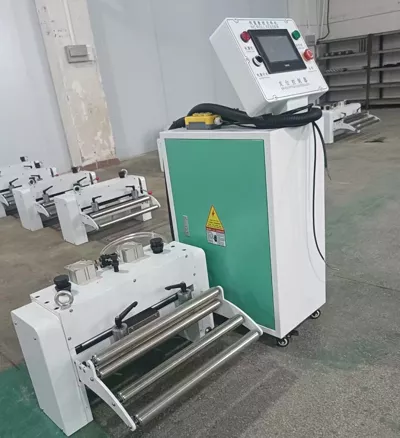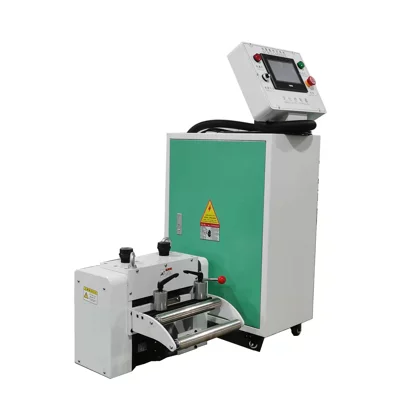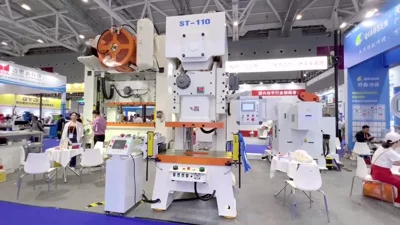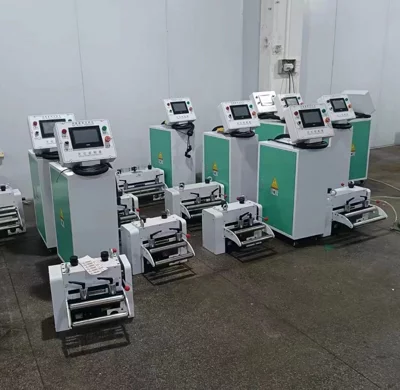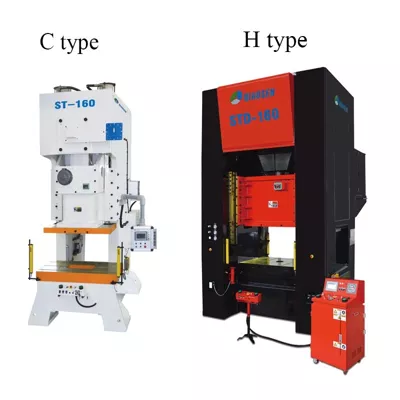What are the core components of a pneumatic punch press?
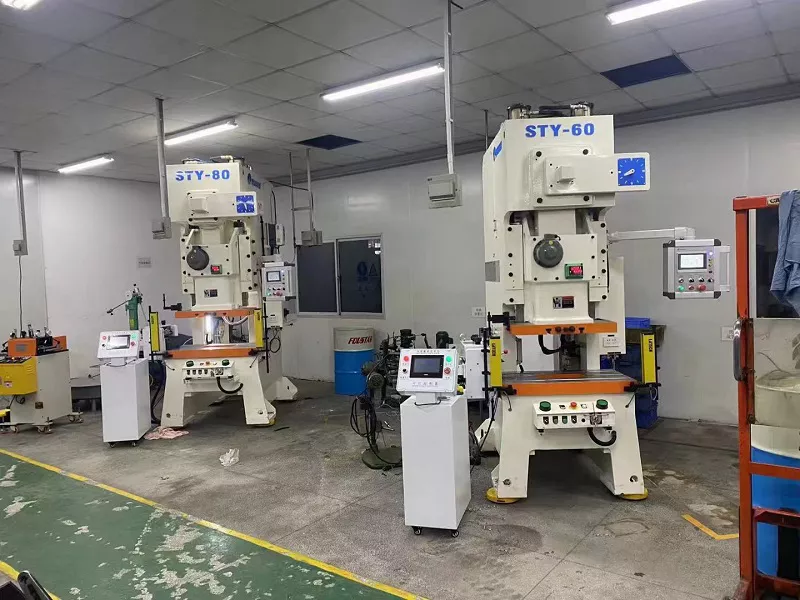
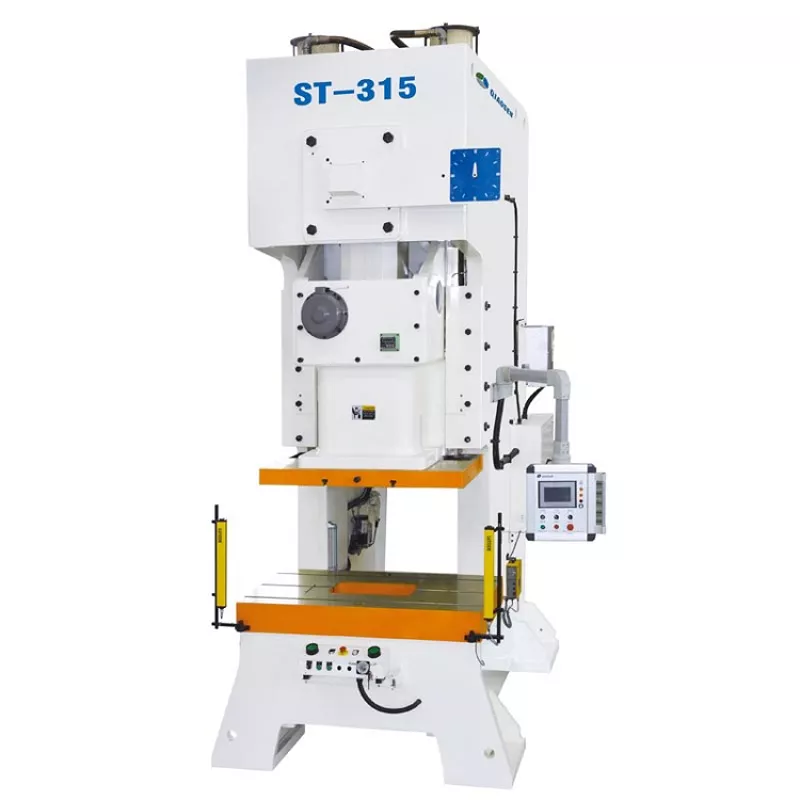
The pneumatic press uses high-pressure air generated by a compressor and sends it through pipes to an electromagnetic valve. The control of the cylinder is carried out by operating the electromagnetic valve through a foot switch, which allows the work and return of the cylinder to achieve punching. Compared with a conventional press, the pneumatic press uses advanced photoelectric protection technology, allowing it to have higher precision and speed after using the pneumatic clutch.
Generally, a pneumatic press is composed of the machine body, pneumatic clutch, slider and micro control system. These parts are analyzed separately below.
1. Machine body: It is integrated with the work table, and the slider makes up and down reciprocating movements within the guides of the press body. The space between the guides and the slider is adjusted using an adjustable screw, which is then secured by tightening the nut.
2. Clutch: It uses a dry pneumatic clutch, which is integrated with the bearing and sealing plate. When the start control button is pressed, the electromagnetic valve draws air into the clutch, transmitting power from the flywheel to the crankshaft to start operation. By selecting the kinetic energy key on the control panel, safe step operation or continuous operation during travel can be achieved.
3. Slider: The connecting rod and head adjusting screw is responsible for converting the circular motion of the crankshaft into reciprocating motion. The head screw is adjustable and is used to adjust the locking force and height of the mold. The bottom end of the slider has a hole to hold the mold. When assembling the mold, it can be secured, and for larger molds, holes in the two sides of the base plates and adjustment holes in the slide that have rear feeding devices can be used. According to the height of the mold, the feeding supports on both sides are adjusted to achieve automatic demolding.
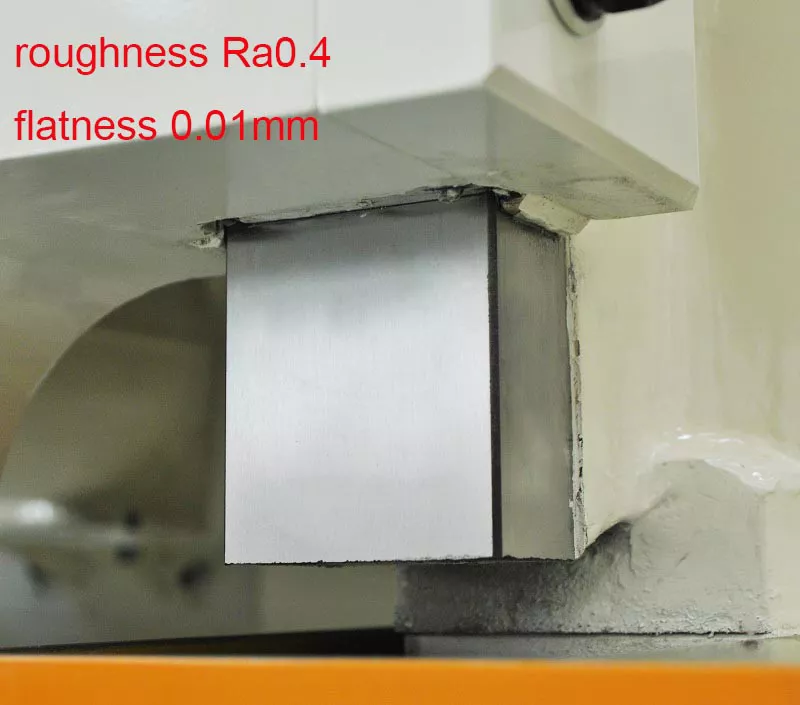
4. Operating mechanism: controlled by a microcomputer and with a status displayed on the panel. When the indicator shows manual mode, you can start the machine with two hands to stop movement at any 360-degree angle. The synchronized start time is 0.2 to 0.3 seconds. When starting safety walk or continuous work, step by step start should be used so that the clock hand on the screen points at 12 o'clock or the observed angle is positive or negative 20 degrees. For continuous work, both hands must be kept on the start button to run the machine five to seven times before continuous work can be achieved.
This is a detailed explanation of the parts that make up a pneumatic press. The working pressure mainly comes from the flywheel which is driven by the engine. The flywheel in turn drives the crankshaft, thus generating the pressure necessary for punching, the punching speed being proportional to the pressure exerted.
8years foriegn trade experience Easily grasp customer needs Keeping good relationship with customers





